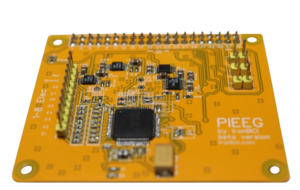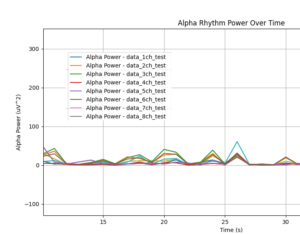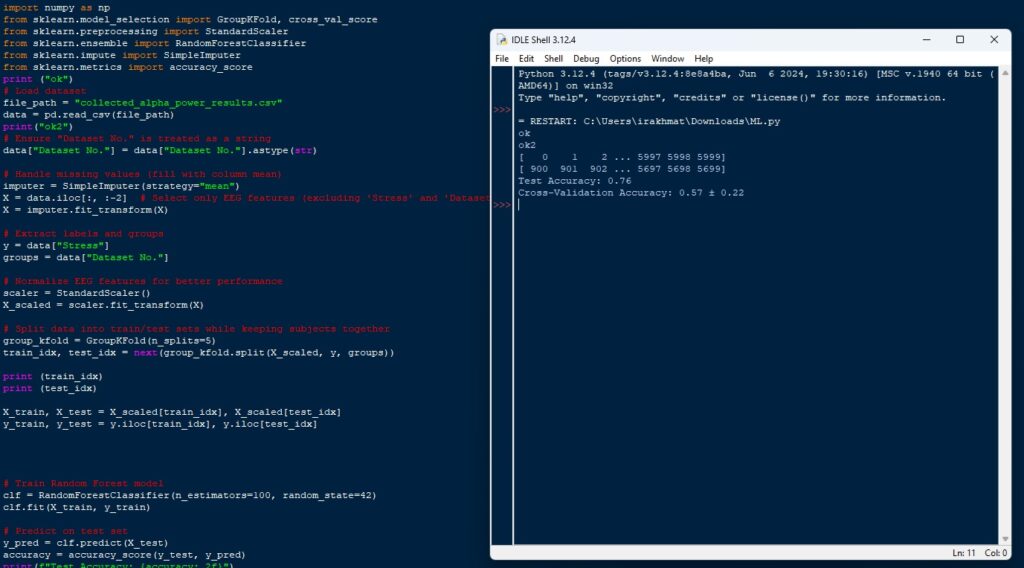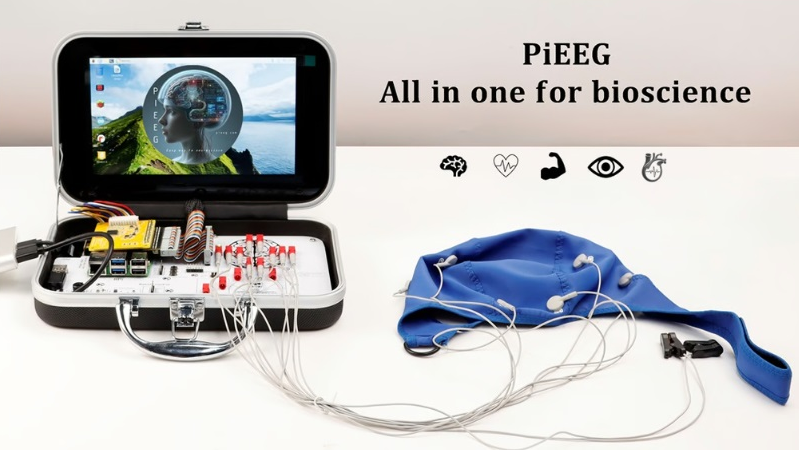How to Use Machine Learning for Stress Control via EEG
If you want to create an EEG-based classifier for machine learning, here’s a short guide
To read EEG data, we use here PiEEG device (low-cost software open-source 8 Ch Brain-Brain computer interface)

PiEEG is a low-cost device to measure EEG, EMG, EKG
So let’s start step by step
1. Collect EEG Datasets
Collecting a dataset and labelling it is quite a complicated task for all neuroscience research. So, let’s use stress control. You can collect a dataset in the morning and the evening after work, or, to make it shorter, just watch some negative movies. Use this Script in Python to save data from the PiEEG device as for stress and for no stress.
Data should be clean as possible, Here are recommendations how to receive clean EEG data
Data has the next Format in the Excel File (example of dataset)

You need (as an example), gather as many datasets as, for example, 50 datasets (1 minute or more each) for stress and 50 datasets (1 minute or more each) for no stress conditions.
2. Compute Power in Key Frequency Bands
Using raw EEG data alone for machine learning to detect stress is not ideal. Instead, it’s more effective to analyze the alpha power, as it provides better insights into stress levels. Of course, we should ensure that our data don’t contain very strong noise artefacts that should be removed from data. I have a course on Udemy how to make signal processing for EEG data (also have tokens for free access; you can contact me to pieeg@pieeg.com, and I will provide a free token)
So, to convert data from EEG to power in Alpha, you can use the next script from PiEEG GitHub
You nee tod calculate power in the alpha (or beta, delta, and theta) frequency for all 100 datasets.
We chose a 1 sec length to calculate power in alpha.
Now we have 50 dataset Power in Alpha with stress and 50 dataset Power in Alpha – not stress
Power looks like here

Be sure that you don’t have any spikes
3. Prepare the Data for ML
Combine the 50 datasets for stress and not stress to two separate Excel files for stress and not stress. But the most important moment here is that you should add an additional column that will indicate the record number (entry number or subject number).
It should look like that

If stress – 1, if not stress – 0
Record Number – indicate subject or episode with EEG recording
✅ Separate stress and no-stress datasets
✅ Calculate alpha, beta, delta, and theta power
✅ Label stress as 1 and no-stress as 0
✅ Include a record number for each subject
4. Train the Classifier:
Use this ML script to train a model and classify stress levels based on EEG data. I have used scikit-learn library and Random Forest algorithms.
And you receive finally the next result

🚀 Enjoy building your classifier!
We have just launched the PiEEG Kit on Indiegogo! This kit includes software, an SDK, and everything you need to measure EEG. It also comes with a signal processing course and practical examples, such as stress detection, robotic system control, and more.
Subscribe on Indiegogo via the link to stay updated and not miss the launch, happening in the next few weeks!

If you have any questions, you can ask them in the PiEEG Forum.
Would you like to receive news?